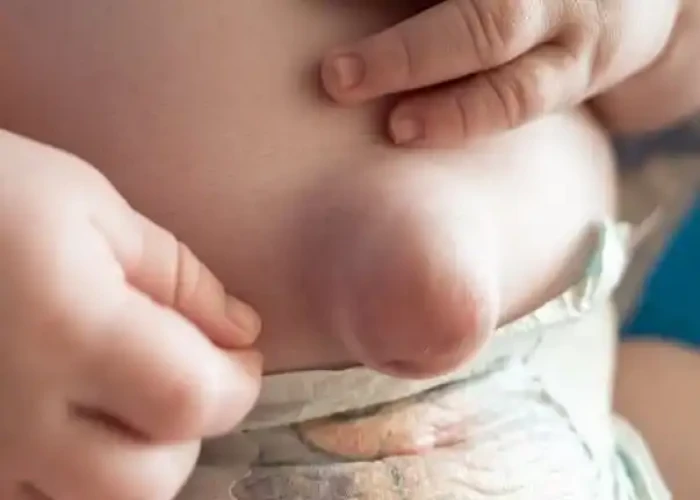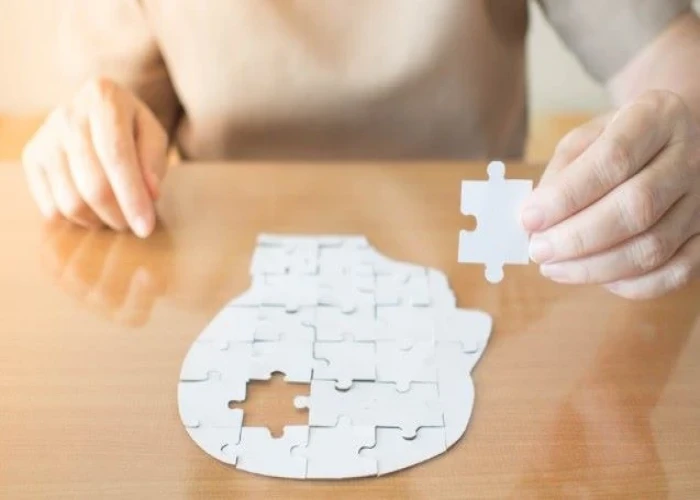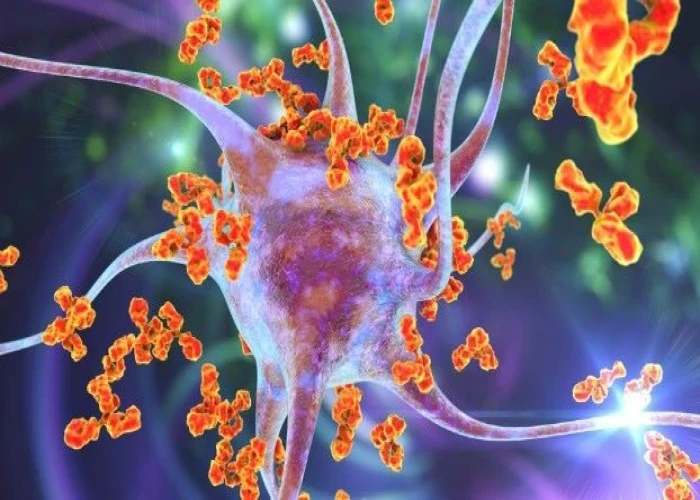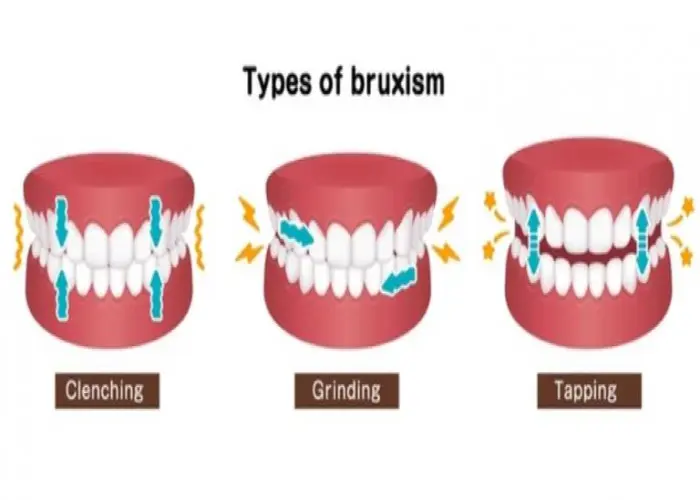 Welcome
Welcome
“May all be happy, may all be healed, may all be at peace and may no one ever suffer."
Umbilical hernia

An umbilical hernia is a medical condition where a portion of the small intestine or other abdominal contents protrudes through a weak spot in the abdominal muscles around the belly button, creating a bulge or swelling in that area.
Umbilical hernias are relatively common in infants and young children and can be caused by a natural weakness in the abdominal muscles that usually closes on its own by the age of 4 or 5. In adults, umbilical hernias can also occur due to a weakened abdominal wall, which can be caused by factors such as pregnancy, obesity, abdominal surgery, or chronic coughing.
Some common symptoms of an umbilical hernia include a soft bulge or swelling near the belly button, discomfort or pain, especially when coughing or lifting heavy objects, and nausea or vomiting. In severe cases, an umbilical hernia can lead to bowel obstruction or strangulation, which requires immediate medical attention.
Treatment for an umbilical hernia may include watchful waiting in infants and young children, surgical repair for adults with severe or symptomatic hernias, or laparoscopic surgery for some cases. It is important to consult a medical professional if you suspect you have an umbilical hernia, to discuss appropriate treatment options and prevent potential complications.
Research Papers
Disease Signs and Symptoms
- Abdominal tenderness
- Nausea or vomiting
Disease Causes
Umbilical hernia
During gestation, the umbilical cord passes through a small opening in the baby's abdominal muscles. The opening normally closes just after birth. If the muscles don't join together completely in the midline of the abdominal wall, an umbilical hernia may appear at birth or later in life.
In adults, too much abdominal pressure contributes to umbilical hernias. Causes of increased pressure in the abdomen include:
- Obesity
- Multiple pregnancies
- Fluid in the abdominal cavity
- Previous abdominal surgery
- Long-term peritoneal dialysis to treat kidney failure
Disease Prevents
Disease Treatments
Most umbilical hernias in babies close on their own by age 1 or 2.Your doctor may even be able to push the bulge back into the abdomen during a physical exam. Don't try this on your own, however.
Although some people claim a hernia can be fixed by taping a coin down over the bulge, don't try this. Placing tape or an object over the bulge doesn't help and germs may accumulate under the tape, causing infection.
For children, surgery is typically reserved for umbilical hernias that:
- Are painful
- Are slightly larger than 1/4 to 3/4 inch (1 to 2 centimeters) in diameter
- Are large and don't decrease in size over the first two years of life
- Don't disappear by age 5
- Become trapped or block the intestine
For adults, surgery is typically recommended to avoid possible complications, especially if the umbilical hernia gets bigger or becomes painful.
During surgery, a small incision is made near the bellybutton. The herniated tissue is returned to the abdominal cavity, and the opening in the abdominal wall is stitched closed. In adults, surgeons often use mesh to help strengthen the abdominal wall.
Disease Diagnoses
Disease Allopathic Generics
Disease Ayurvedic Generics
Disease Homeopathic Generics
Disease yoga
Umbilical hernia and Learn More about Diseases

Guillain-Barre syndrome

Mental illness

Plantar warts

Transient global amnesia

Patent foramen ovale

Paraneoplastic syndromes of the nervous system

Bruxism (teeth grinding)

Child abuse
umbilical hernia, নাভির হার্নিয়াস
To be happy, beautiful, healthy, wealthy, hale and long-lived stay with DM3S.
